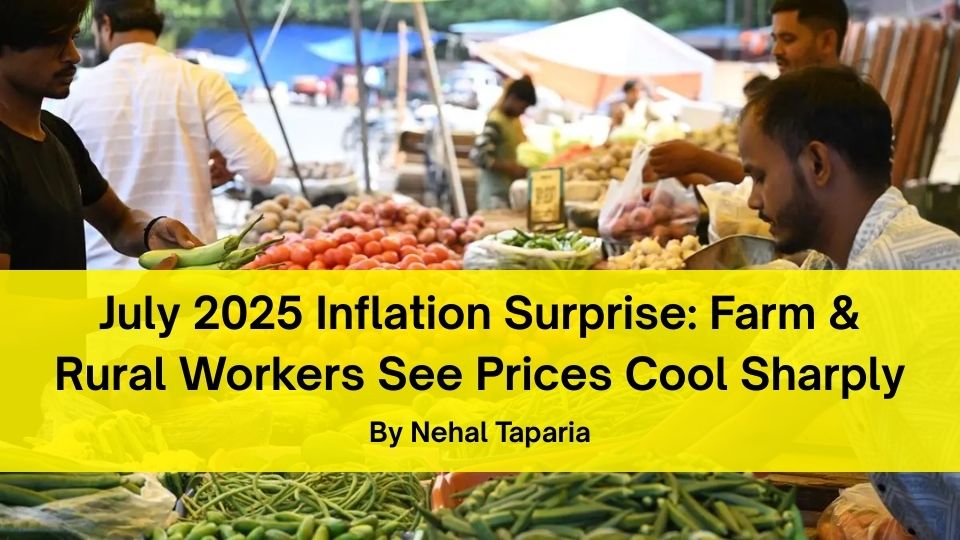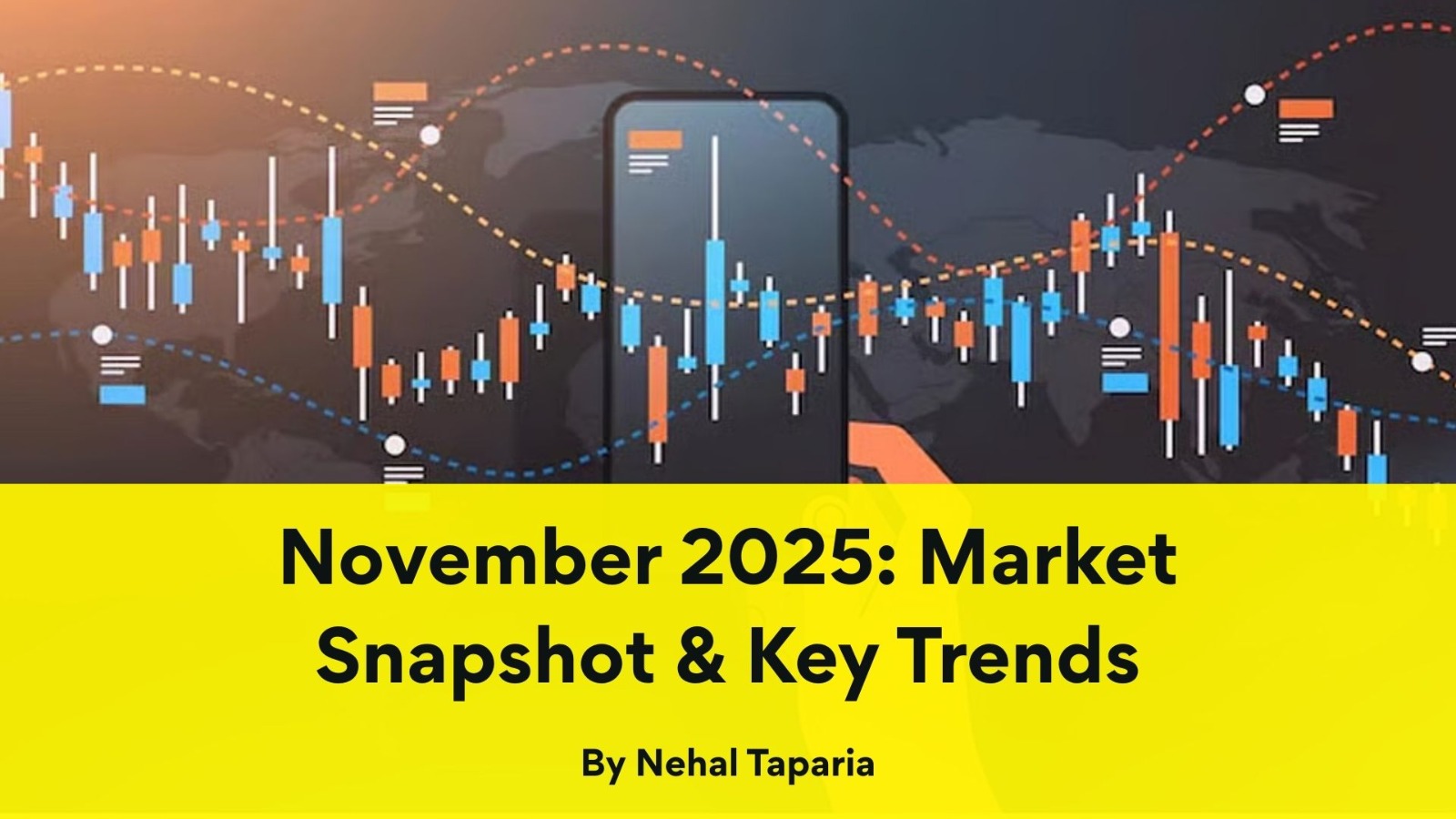July 2025 Inflation Surprise: Farm & Rural Workers See Prices Cool Sharply”

July 2025 Inflation Surprise: Farm & Rural Workers See Prices Cool Sharply”
In July 2025, retail inflation for Agricultural Labourers AL slowed to 0.77% from 1.42% in June, while for Rural Labourers RL it eased to 1.01% from 1.73% in June , . These figures are based on a wide-reaching survey of 787 sample villages across 34 States and UTs, as published by India's Labour Ministry .
While the Consumer Price Index CPI for these workers increased—by 1.23 points for AL to 135.31 and by 1.30 points for RL to 135.66—the standout story was food inflation, which contracted sharply. Food prices dropped 1.56% for AL and 1.13% for RL compared to a year ago.
This trend mirrors the broader retail inflation drop across India to an eight-year low of 1.55% in July, primarily driven by steep markdowns in vegetable and pulse prices .
Market Impact: Why It Matters
1. Policy Leeway for RBI
The dramatic fall in food inflation offers room for the RBI to maintain—or even ease—monetary policy, provided core inflation remains under control. With headline inflation subdued, all eyes await the October MPC decision .
2. Rural Demand Dynamics
Lower food prices may encourage rural households to spend more on discretionary goods—benefitting consumer staples, FMCG, and microfinance sectors. Yet, sustained rural consumption will hinge on whether farmers can maintain healthy earnings.
3. Agricultural Cost Squeeze
Deflationary food prices means farmers may face margin pressure, especially with rising input costs. This could delay farm investments and potentially affect agricultural equipment and input businesses .
4. Consumer Sentiment & Urban Spillover
Eased food prices benefit urban consumers too, potentially supporting discretionary spending—a net positive for retail and services sectors.
5. State-Level Disparities
National data shows disinflation, but states like Punjab continue to grapple with elevated inflation levels—3.53% in July, well above the national average—exposing regional vulnerabilities .
Summary
July’s inflation data marks a pivotal moment: retail inflation among farm and rural workers softened markedly, driven by food price contractions. While this provides short-term relief and policy flexibility, it also raises concerns about rural income sustainability and sectoral stress.
By Nehal Taparia
This content is for educational and knowledge purposes only and should not be considered as investment or Trading advice. Please consult a certified financial advisor before making any investment or Trading decisions.
Our Recent FAQS
Frequently Asked Question &
Answers Here
What are the latest inflation numbers for farm and rural workers?
In July 2025, retail inflation eased to 0.77% for Agricultural Labourers AL and 1.01% for Rural Labourers RL—down significantly from June’s 1.42% and 1.73%, respectively
What caused the drop?
How does this fit with overall inflation trends?
What risks are emerging from this data?
Will this influence RBI’s monetary policy?
What does it mean for rural incomes and consumption?
Copyright © By Empirical F&M Academy. Design & Developed by Techno Duniya


.jpg)


.jpeg)




